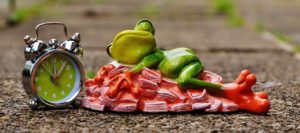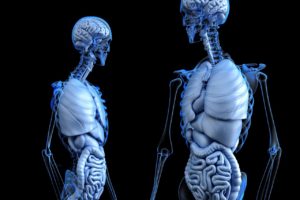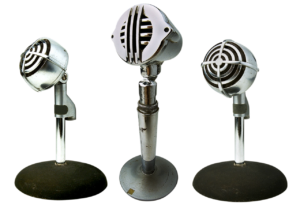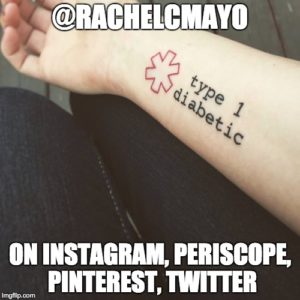Sleep Hygiene

A Definition
Sleep Hygiene: how conducive your night time and bedtime habits are for restful sleep on a regular basis
Your body performs important processes while you sleep.
Risk of disease is increased when you don’t get enough sleep. Heart disease, diabetes, and stroke, just to name a few.
4 Areas of Sleep Hygiene
- Environment
- dark (all of our light-emitting toys are bad for our sleep) – your body makes serotonin stimulated by light, and then melatonin when the light is gone.
- temperature – your body sleeps well when it’s cool, kind of like hibernation. Gotta get past REM sleep because REM sleep is not restful sleep
- Habits
- no naps – recovery processes can be inefficient
- exercise (vigorous exercise during the day; slow & calming exercise late at night)
- getting adequate natural light – so your brain isn’t confused about which chemical it needs to make
- consistent routine – your brain likes predictable patterns
- Consumption
- stimulants – caffeine, nicotine
- alcohol – initially makes you sleepy, but can disrupt sleep when the liver finishes processing it into sugar
- large meals – can cause indigestion which can disrupt sleep
- drastic dietary changes – fluctuating amounts of sugar in the blood stream or digestive discomfort
- Mindset
- bed is for sleep – not a place for work or studying or eating
- avoid emotional stress – positive (i.e. excitement) or negative (i.e. anger)
Tidbits
CPAP machine – helps in sleep apnea, which is wear the body doesn’t get enough oxygen during sleep. Oxygen is needed for all sorts of processes. If the body can’t get the oxygen, then it probably isn’t using the nutrients and energy sources available, and it can lead to feeling awful, even after a night of sleep.
Nothing good comes from a lack of sleep.
Connect with me
Support us on Patreon
*NEW* Join the Pharmacist Answers Podcast Community on Facebook
Subscribe: iTunes, Stitcher, GooglePlay, TuneIn Radio
Music Credits: “Radio Martini” Kevin MacLeod (incompetech.com) Licensed under Creative Commons: By Attribution 3.0 http://creativecommons.org/licenses/by/3.0/






